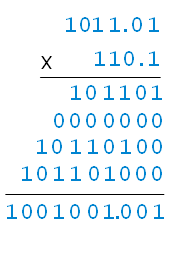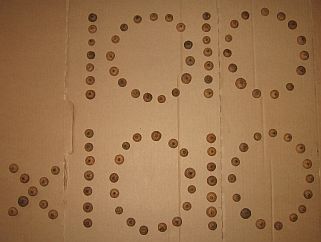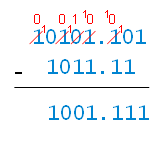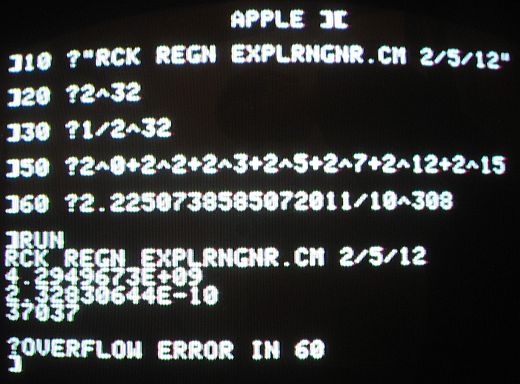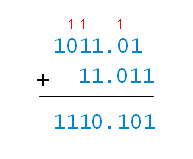This is the fourth of a four part series on “pencil and paper” binary arithmetic, which I’ve written as a supplement to my binary calculator. The first article discusses binary addition; the second article discusses binary subtraction; the third article discusses binary multiplication; this article discusses binary division.

The pencil-and-paper method of binary division is the same as the pencil-and-paper method of decimal division, except that binary numerals are manipulated instead. As it turns out though, binary division is simpler. There is no need to guess and then check intermediate quotients; they are either 0 are 1, and are easy to determine by sight.
